 Sugawara gives the red light to wartime slavery. 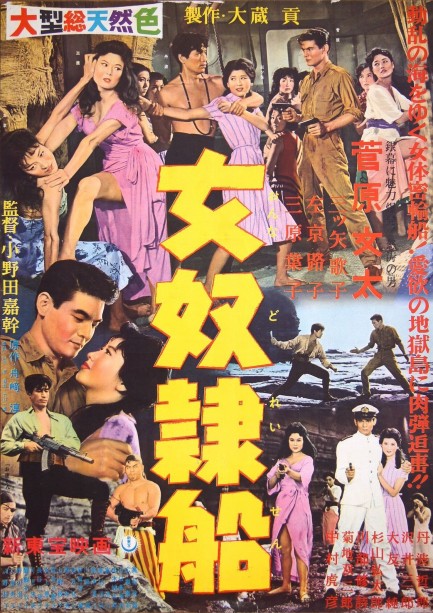
This blazingly colorful promo poster was made for the action movie Onna dorei-sen, known in English as Female Slave Ship, which is set during World War II and follows the adventures of a navy lieutenant played by Bunta Sugawara. The tale begins with him sent on a secret mission to obtain radar schematics to help salvage Japan's waning war fortunes, but unfortunately his plane is shot full of holes by a squadron of American F4Fs and he ends up in the drink. He's picked up by a Shanghai bound China boat, or slave ship, carrying twelve women meant to be auctioned to a gathering of Epsteins. Eleven of the women are prostitutes, but Rumiko, played by the lovely Utako Mitsuya, was tricked onto the boat. Naturally, she and Sugawara form an instant connection. Can he save her? You can be sure he'll try his best.
But just when you think Female Slave Ship is a straightforward white-knight-saves-damsel tale, the slave ship is attacked by pirates, and the women and Sugawara are suddenly at the mercy of the most ruthless band of unbathed thugs ever to steam the East China Sea. After some onboard drama the vessel lands, not in Shanghai but on a rocky Chinese coast where traffickers plan to brand and sell the women. This obviously can't stand, which means Buntawara must somehow throw sand in the gears. Why he's even alive at this point is a question. He's been nothing but trouble to the pirates, and the simplest solution would have been to toss him to the sharks. Failing to do that will be a costly and contusion making error.
We wanted to get away from Nikkatsu Studios' misogynistic roman pornos for a while and this effort from Shintoho Film fulfilled the requirement. Well, mostly. While generally tame, you'll rarely see so many women slapped around. But the treatment is meant to outrage. Mission accomplished. You will hate these traffickers. As for the movie overall, we suspect you'll like-not-love it. It's done in broad strokes, but as a sort of surf-to-turf soap opera it mostly works fine. Sugawara, who was soon to become a cinematic icon, has a charisma befitting his burgeoning status. And Yôko Mihara, already a big star at this point, is enjoyable playing a slippery slaver whose allegiances shift with the tides. She and Sugawara are worth seeing. Female Slave Ship premiered in Japan today in 1960.
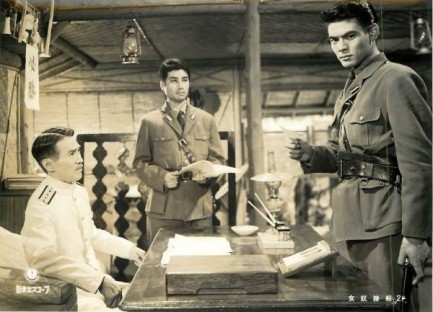 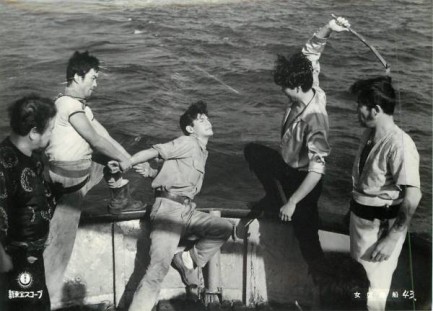 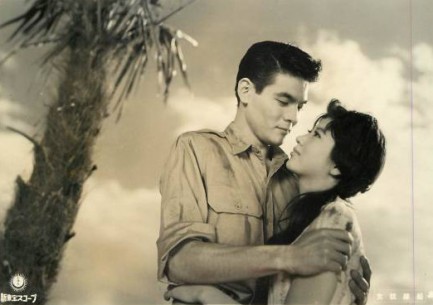 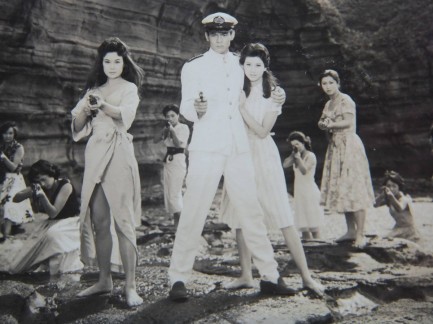 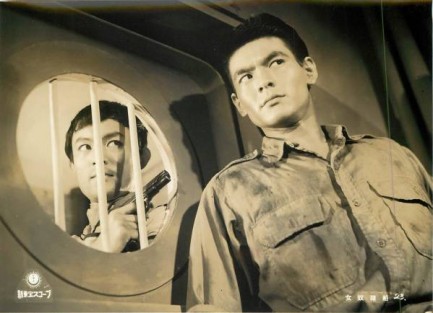 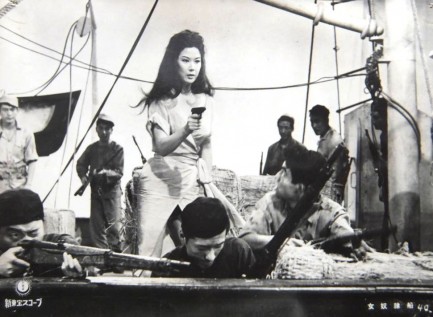 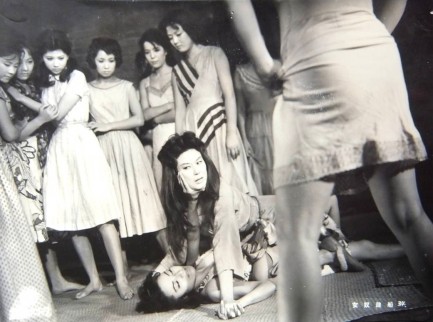
 Documentary explores the allure of erotic dance through time. 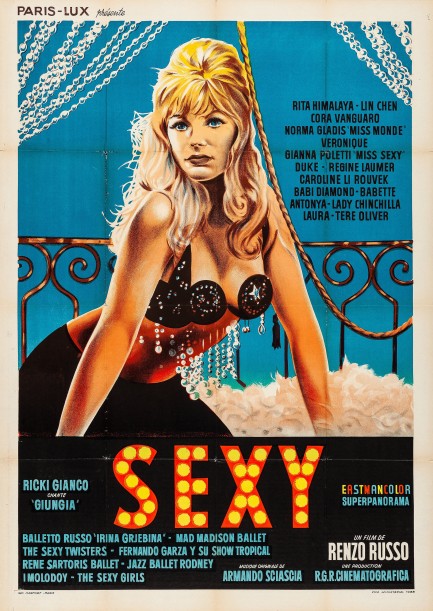 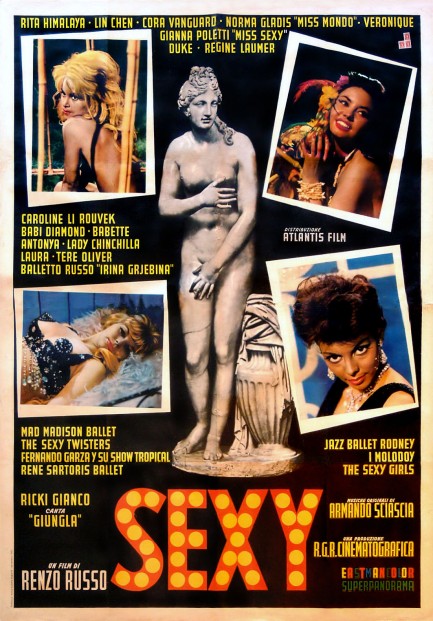
Here's some random Italian pleasantness today, two posters for the documentary Sexy, which focused on erotic dancers from ancient Egypt through the French Revolution and into the age of modern burlesque. This was soundtracked with music from Ricki (Ricky) Gianco, and some of the dancers include Rita Himalaya, Lin Chen, and the Sexy Twisters, whose act we'd give plenty to see. No such luck, though, because as far as we know the movie isn't available in any format. Too bad. We don't know if it's meant to inform so much as titillate, but we'd love to see what it has about Egypt. Well, we can hope. Obscure movies become accessible all the time. Sexy doesn't have a premiere date, but it came out sometime in 1962.
 I'll give you one more chance to get it right. It's spelled without a “y” but pronounced like there is one. 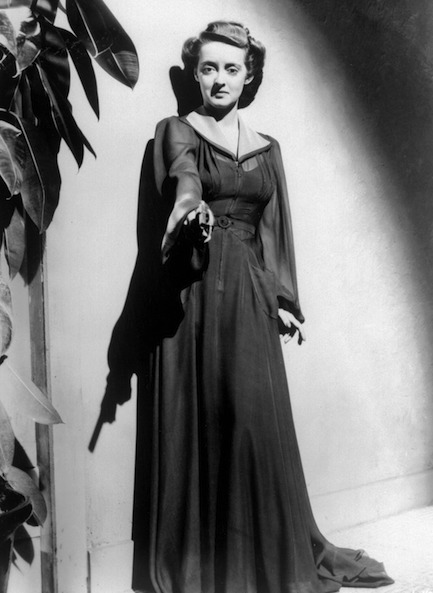
Bette Davis was born with the first name Ruth, but nicknamed Betty from childhood. As an actress she changed the spelling to Bette after Honoré de Balzac's La Cousine Bette, and people mangled the pronunciation routinely until she became a huge star. Speaking of letters, this promo photo is from her 1940 drama The Letter, based on a play by W. Somerset Maugham. Remember how we talked about how outward looking Hollywood was during its golden period, how it set so many films in exotic corners of the world? The Letter is another prime example. It's set on a rubber plantation in Malaya. Thanks largely to Davis's golden touch the film was nominated for numerous Academy Awards, including Best Picture, Best Director, Best Actress, Best Supporting Actor, and Best Score. It won nothing, but we assume the film is good anyway. We'll watch it and report back.
 Around the world in sixty pages. 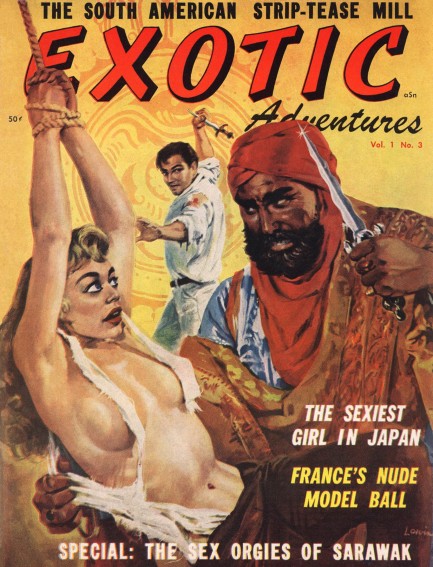
Exotic Adventures was a men's magazine put out by NYC based Gladiator Publications, Inc. It seems obvious the company had great ambitions, but it managed only six issues before folding. This one came in 1959 with cover art signed “Louis,” whose full identity is not given. In fact, only three people are listed as staff—editor George P. Wallace and two others—so the cover artist wasn't the only hard worker who got short shrift. The individual authors are given bylines, though, as are the men who narrated their "true" tales to biographers. Exotic Destinations lived up to its name, with pieces set in Kashmir, French Cameroon, Morocco, Honduras, Malaya, and Borneo, and nude models who are supposedly from Japan, Brazil, France, and Germany. It was all printed on glossy paper, which is why you won't see the usual yellowing you get with old magazines, though the printing got a little streaky and inconsistent in the middle pages. Still, taken as a whole Exotic Adventures is a high quality publication, which we snared courtesy of the now idle Darwin's Scans blog. Forty-plus panels below.  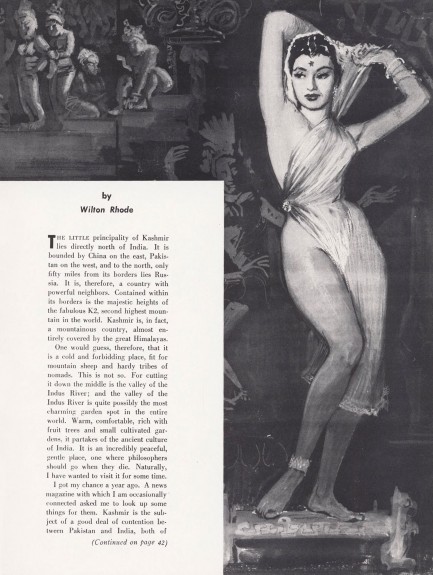 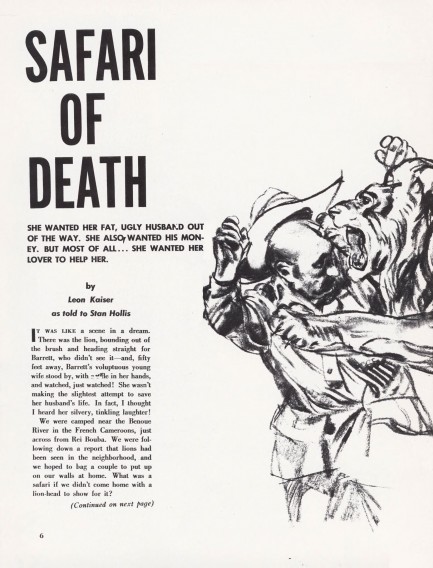 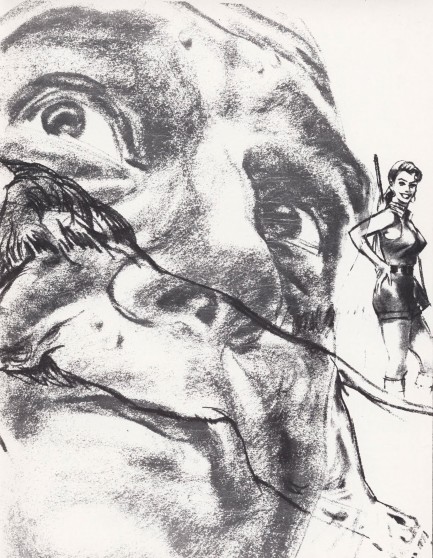 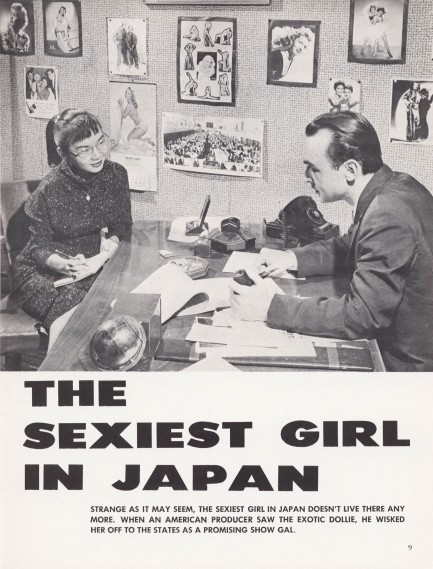 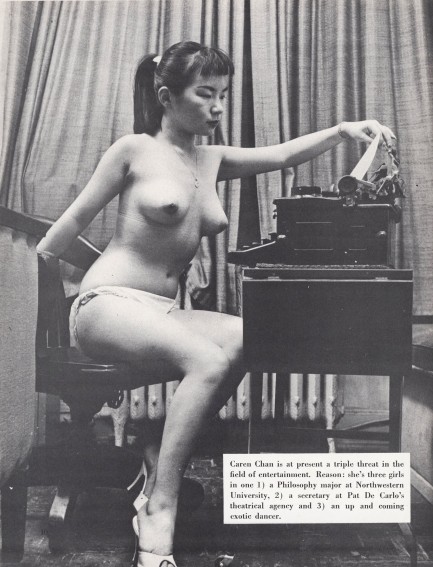 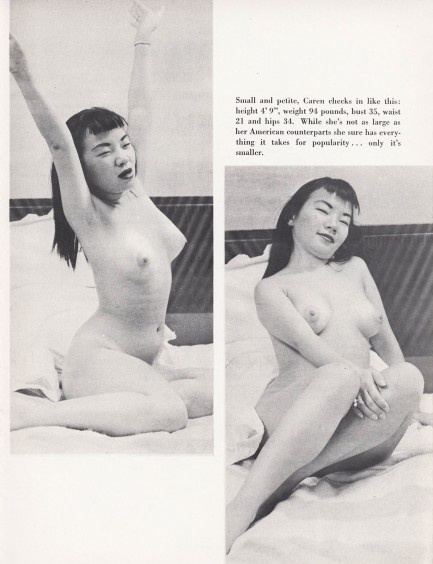 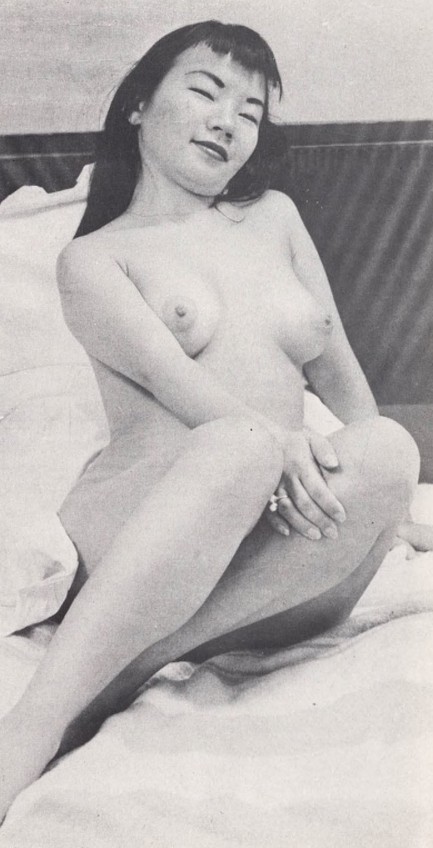 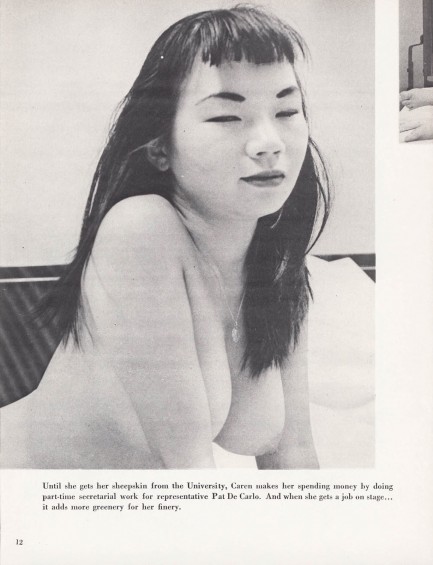 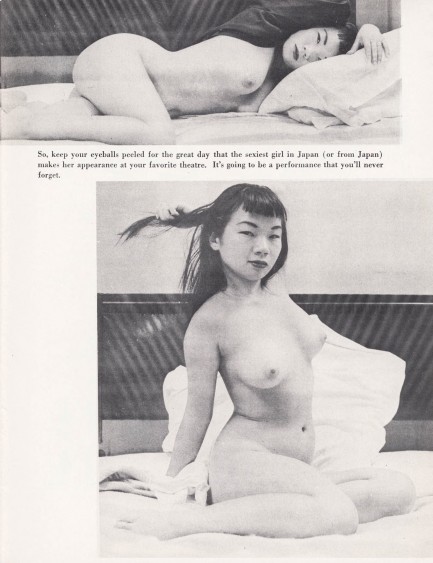  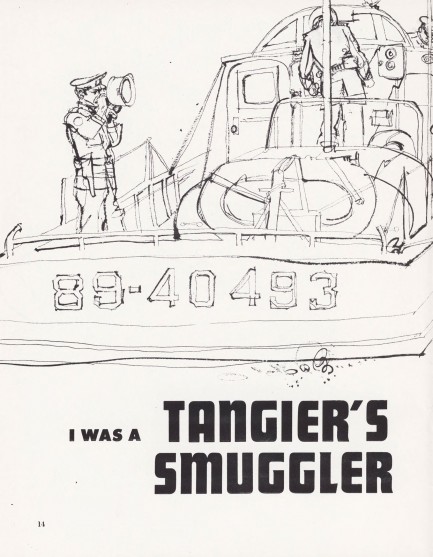 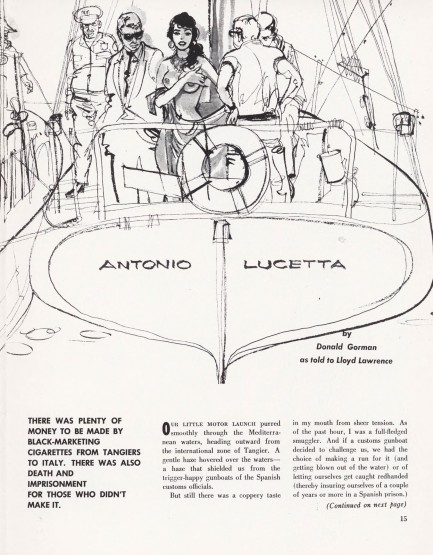 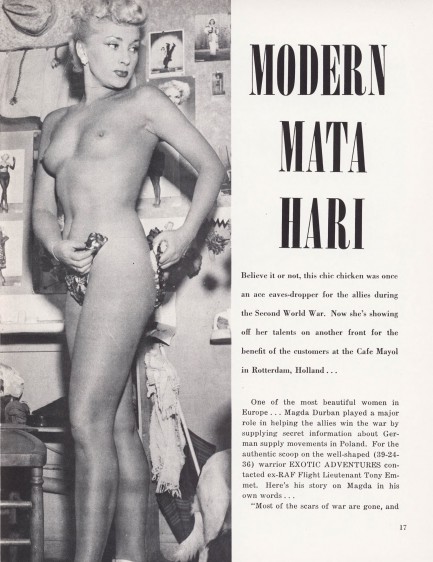 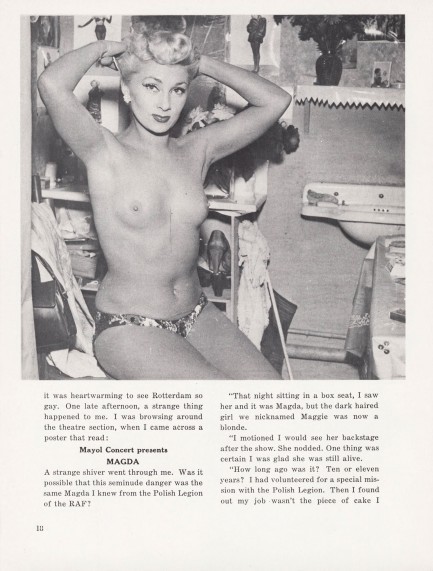 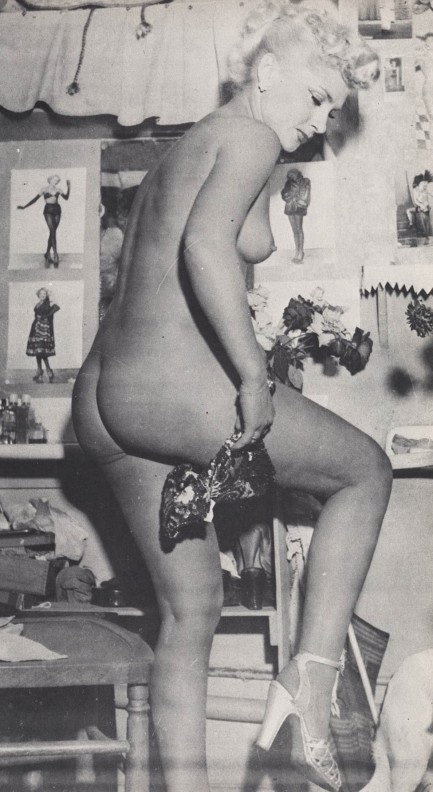 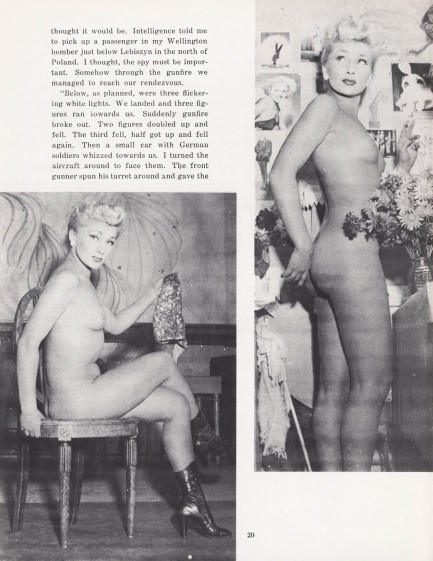 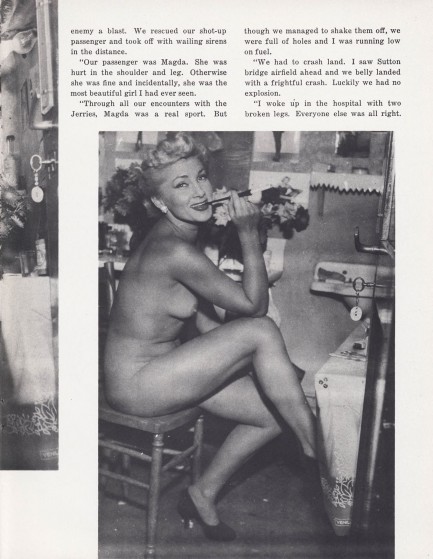 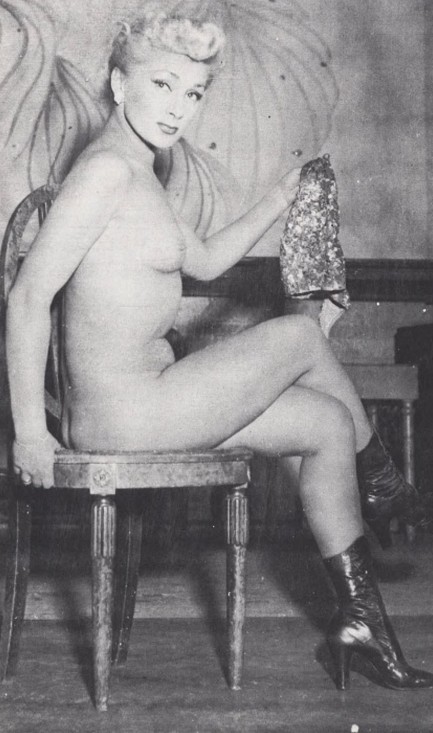 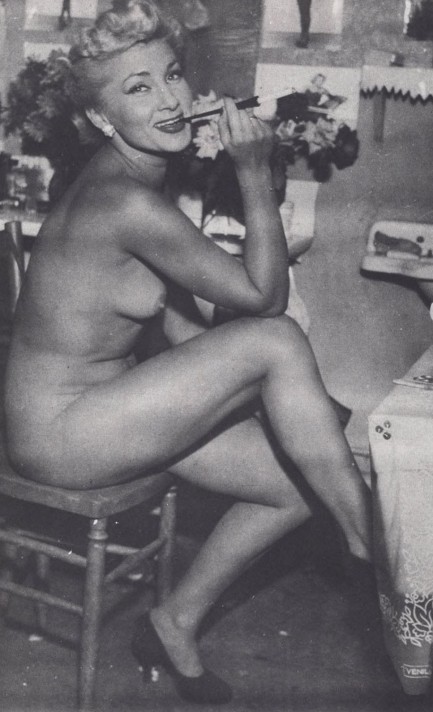 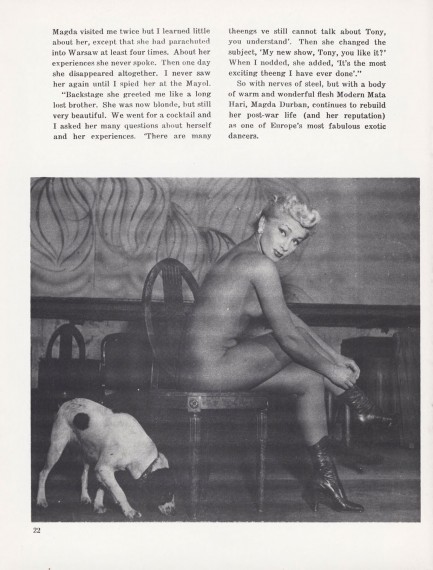  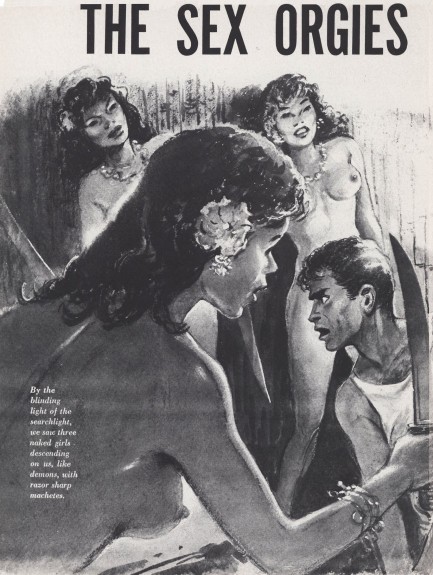 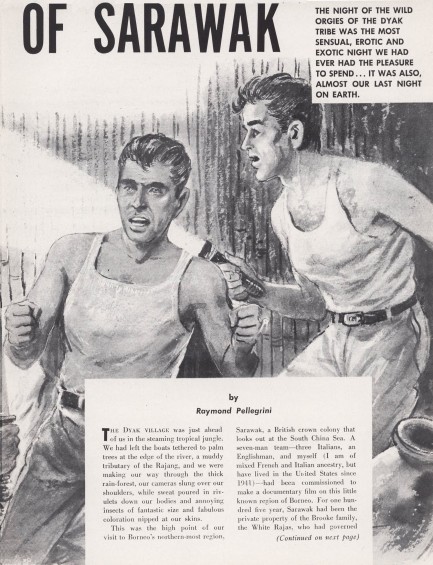 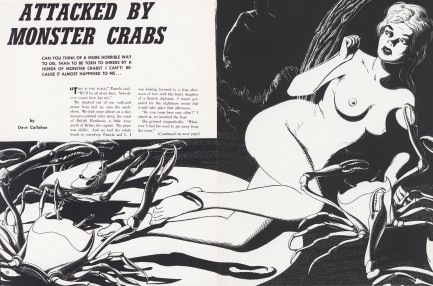 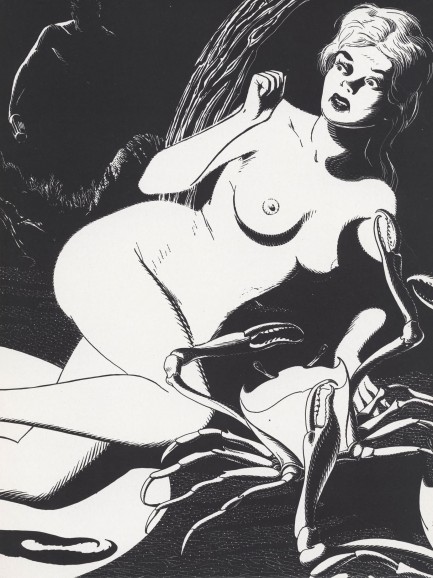 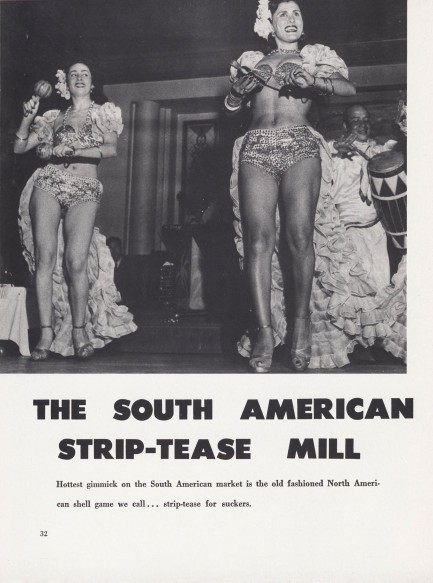 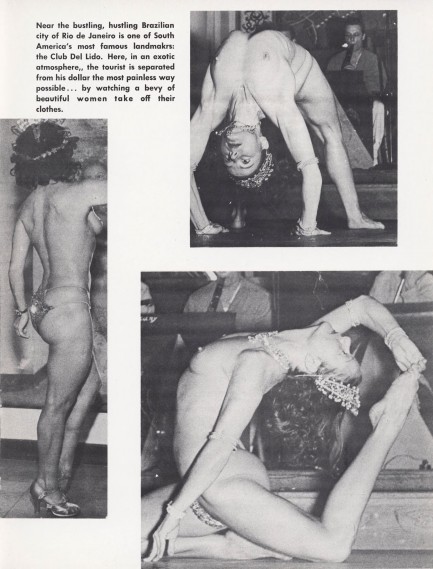 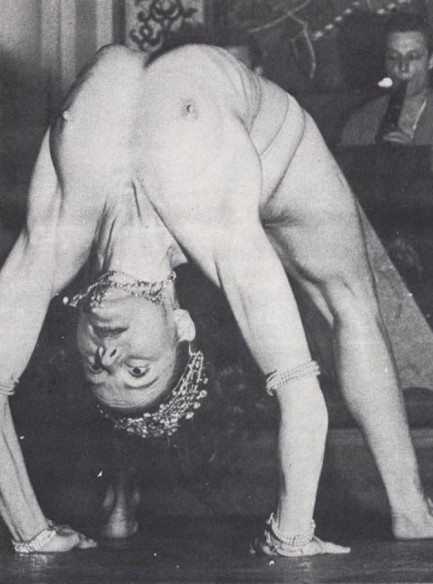 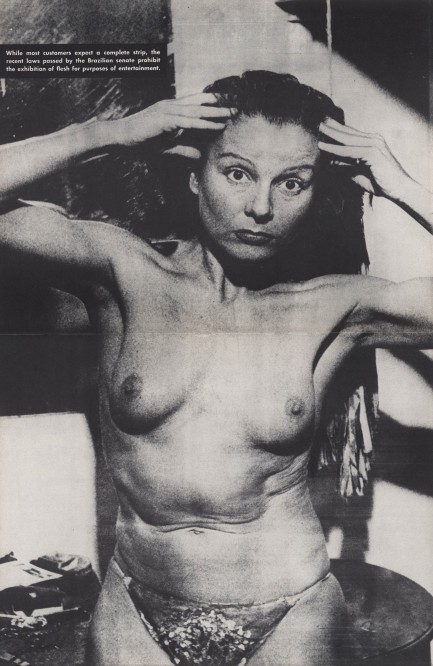 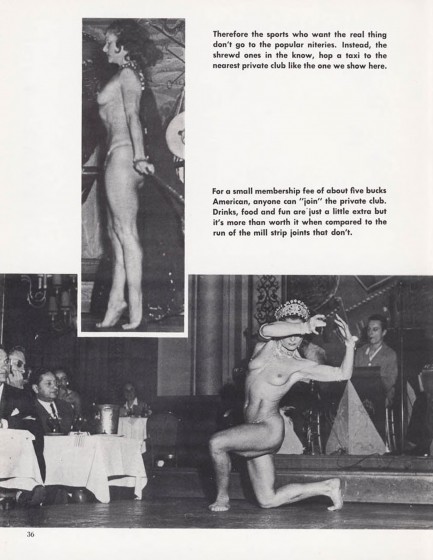 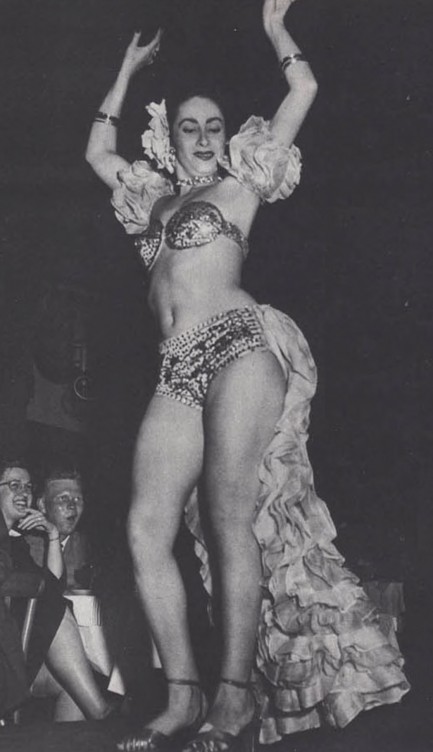 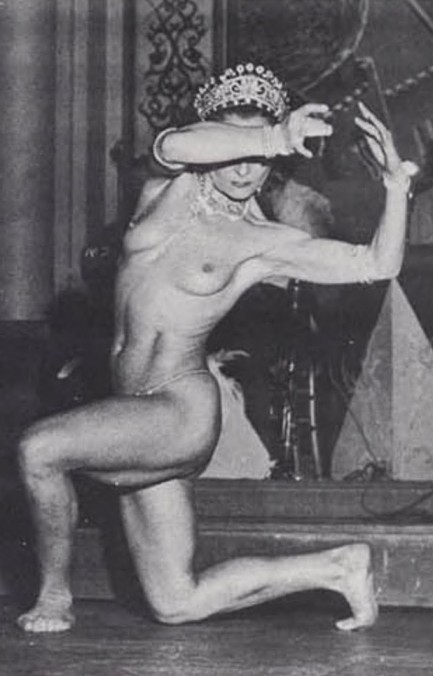 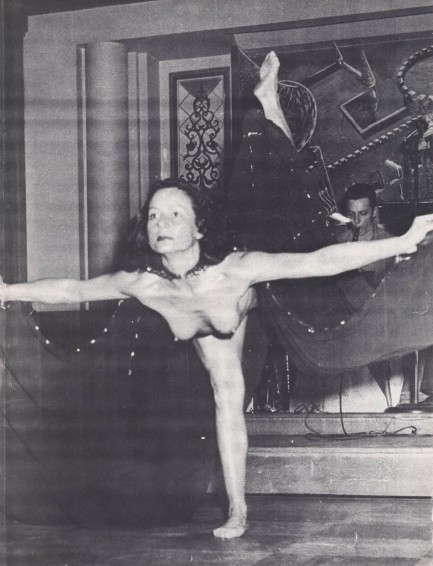 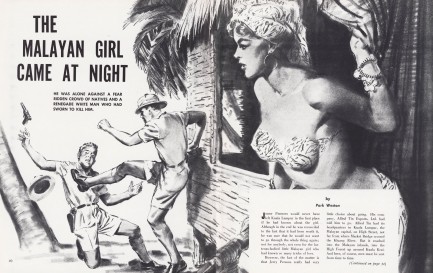 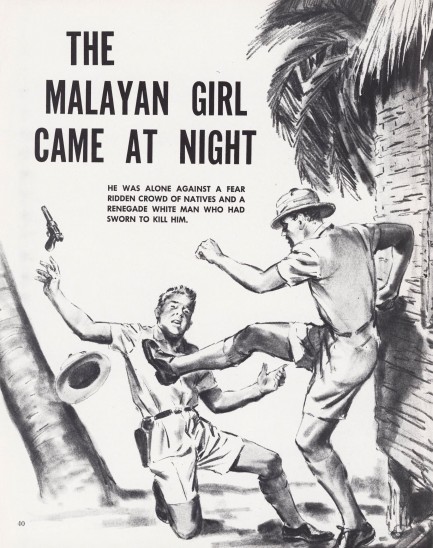 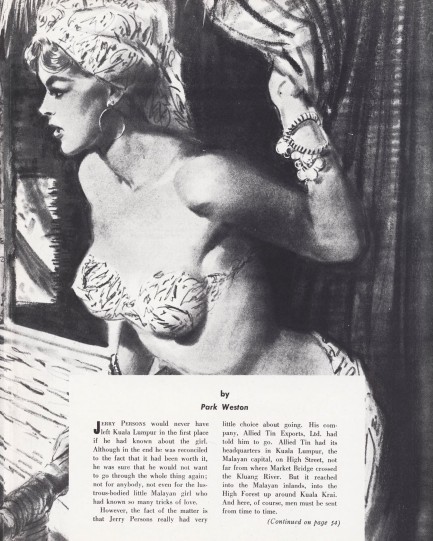 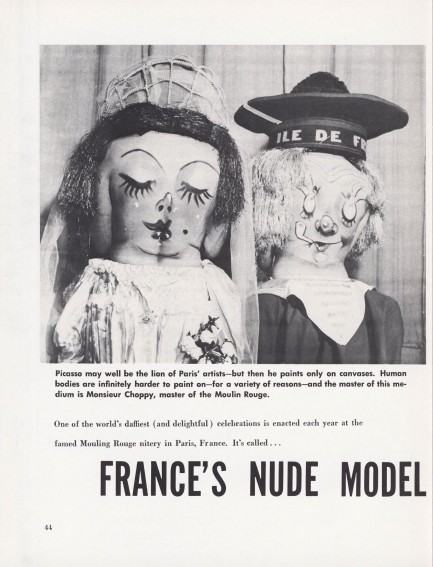 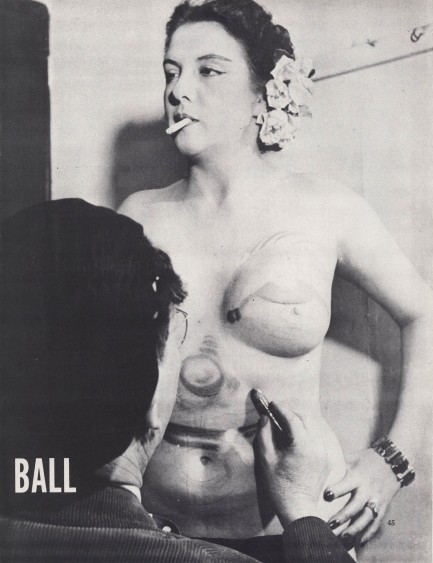 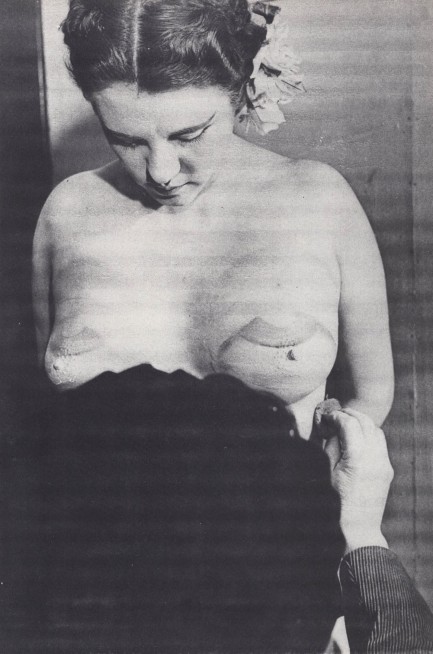 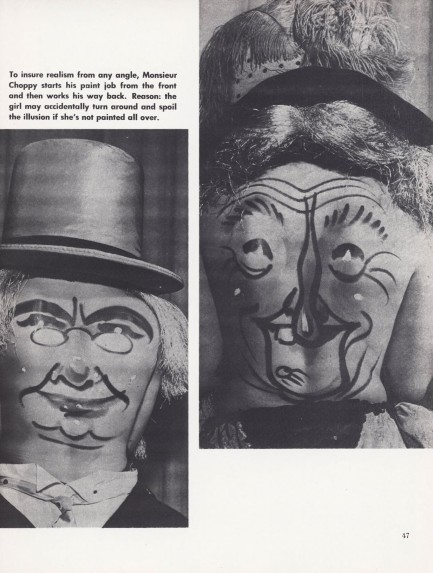 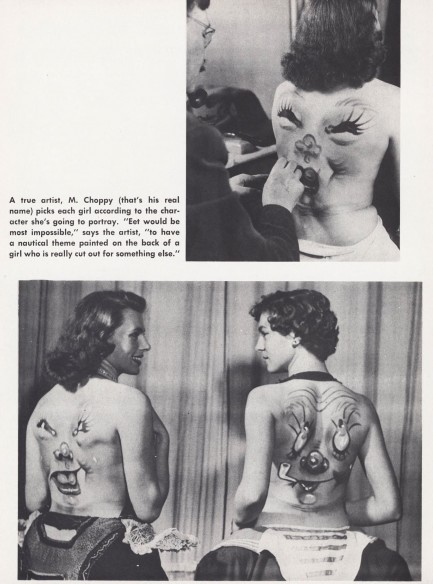 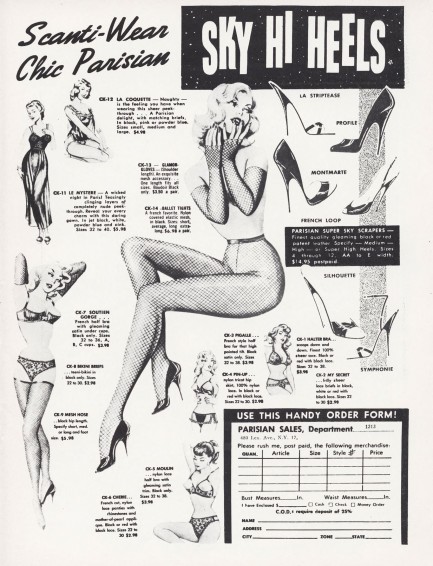
 … two... and three. Wait. I screwed up again. That would've been on three and. I meant to do it on three. 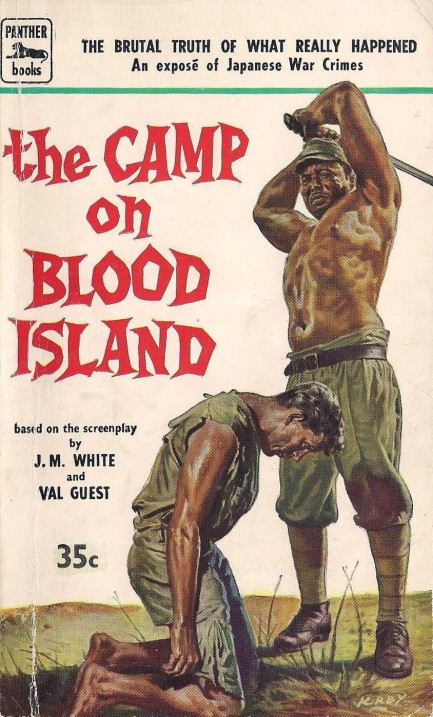
Here's something backwards from what we usually share—a novel adapted from a film instead of vice versa. The Camp on Blood Island is a 1958 British-made World War II film written by J.M. White and Val Guest, and when you learn it was produced by schlockmeisters deluxe Hammer Film you could be forgiven for suspecting it was low rent b-cinema, but this is Hammer trying to be highbrow. Near the end of the Pacific War, a Japanese prison camp commandant decides that if Japan surrenders he'll execute all his prisoners. So the prisoners decide to prevent news of any prospective surrender from reaching the commandant by sabotaging communications, and they also prepare to rebel when the times comes. We may check the film out sometime, but we were mainly drawn by the paperback art. Not only did it remind us that prison camp novels are yet another subset of mid-century literature, but we saw the Josh Kirby signature on this one and realized we haven't featured him near enough. Last time we ran across him was on this excellent piece. We'll dig around for more. And we may also put together a small collection of prisoner-of-war covers later. They range from true stories to blatant sexploitation, and much of the art is worth seeing.
 Monroe may wobble but she won’t fall down. 
Marilyn Monroe shows up just about everywhere, and here she is yet again where we didn’t expect to see her—fronting a Malaysian film publication that appeared today in 1953. The magazine, called Filmalaya, is in English, which marks it as aimed at the British colonial community that occupied the upper stratum of society in Malaysia and Singapore. The cover photo is from a publicity series made when Monroe filmed the movie Niagara in Ontario, Canada in late 1952, and let’s just assume her perch is not as precarious as it seems and there’s a handy ledge or lawn behind her in case she goes heels up. But if she does, there are other stars in the magazine, such as Joan Collins, Betty Grable, Rhonda Fleming, Ava Gardner, and Nat King Cole. Filmalaya represents an interesting snapshot into colonial society, as in the article about Queen Elizabeth’s coronation in London, which describes the thrills and excitement in Malaysia during the event. Doubtless, the mood around the Commonwealth probably seemed festive when viewed from inside the colonial bubble, but we doubt actual Malaysians were particularly moved. Needless to say, this magazine is rare, but luckily items from Asia are often a bargain, so this cost a mere six U.S. dollars. While the inside is nothing special visually speaking, that doesn’t matter when the magazine has this great cover and is such an informative slice of history. We’ve uploaded a few of the best pages below. Enjoy. 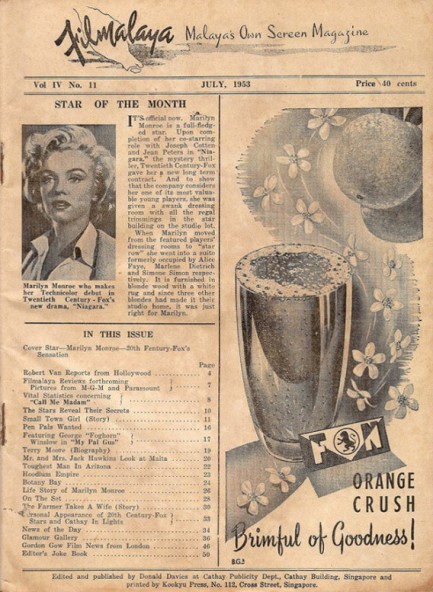 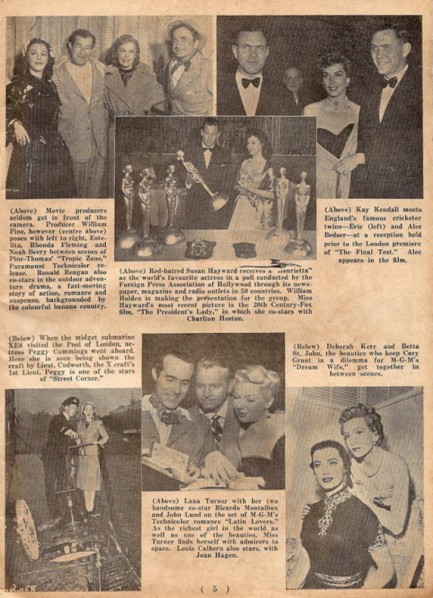 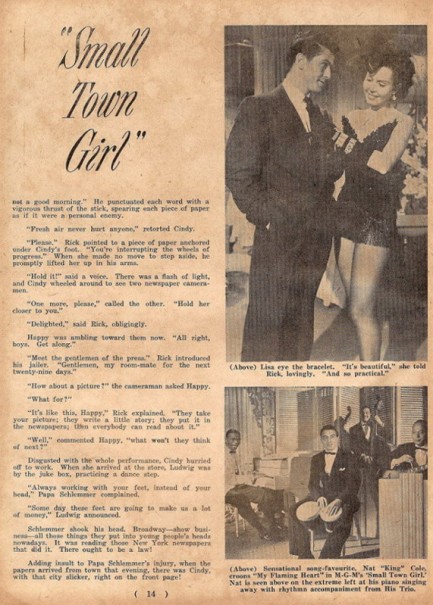 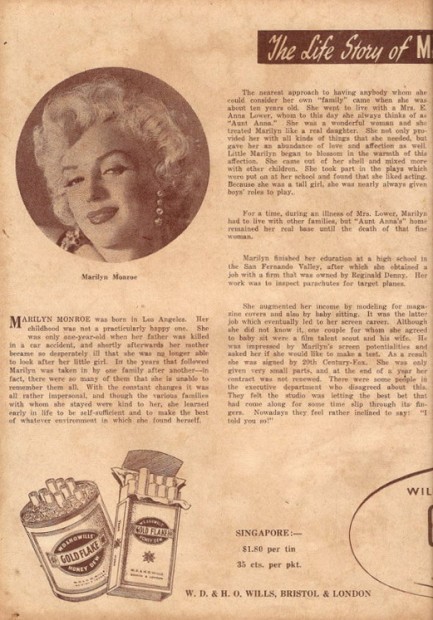 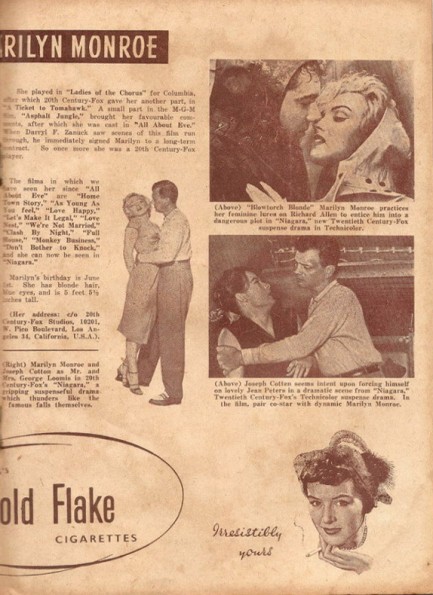 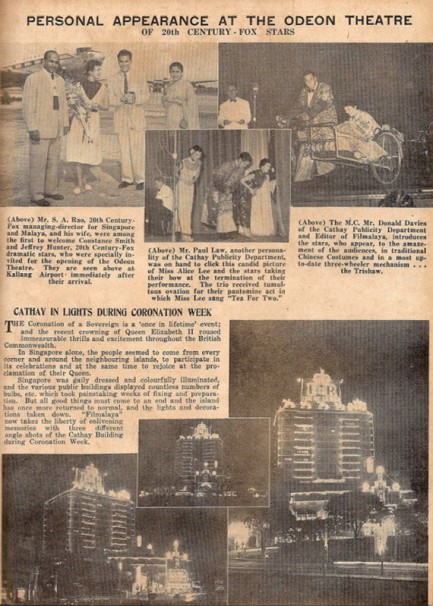 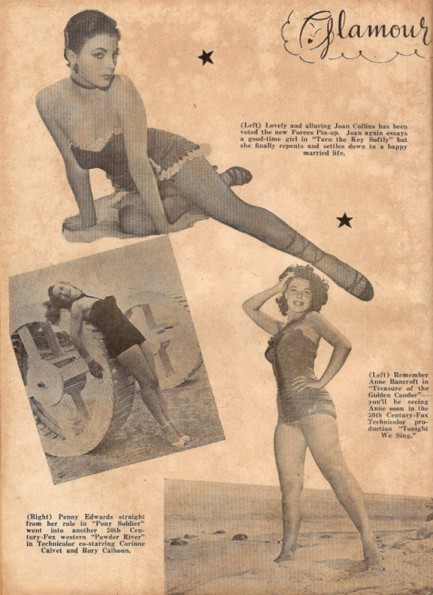 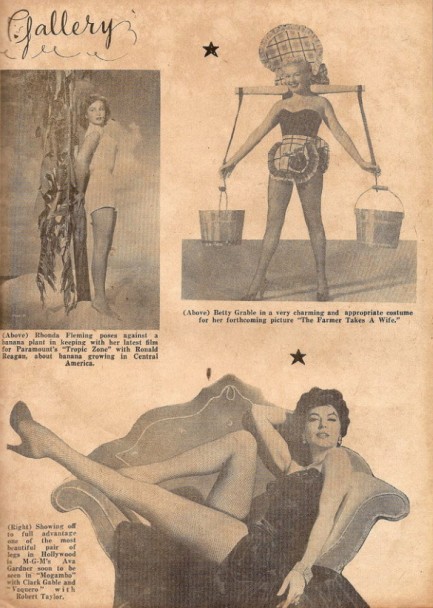
|
 |

The headlines that mattered yesteryear.
1945—Mussolini Is Arrested
Italian dictator Benito Mussolini, his mistress Clara Petacci, and fifteen supporters are arrested by Italian partisans in Dongo, Italy while attempting to escape the region in the wake of the collapse of Mussolini's fascist government. The next day, Mussolini and his mistress are both executed, along with most of the members of their group. Their bodies are then trucked to Milan where they are hung upside down on meathooks from the roof of a gas station, then spat upon and stoned until they are unrecognizable. 1933—The Gestapo Is Formed
The Geheime Staatspolizei, aka Gestapo, the official secret police force of Nazi Germany, is established. It begins under the administration of SS leader Heinrich Himmler in his position as Chief of German Police, but by 1939 is administered by the Reichssicherheitshauptamt, or Reich Main Security Office, and is a feared entity in every corner of Germany and beyond. 1937—Guernica Is Bombed
In Spain during the Spanish Civil War, the Basque town of Guernica is bombed by the German Luftwaffe, resulting in widespread destruction and casualties. The Basque government reports 1,654 people killed, while later research suggests far fewer deaths, but regardless, Guernica is viewed as an example of terror bombing and other countries learn that Nazi Germany is committed to that tactic. The bombing also becomes inspiration for Pablo Picasso, resulting in a protest painting that is not only his most famous work, but one the most important pieces of art ever produced. 1939—Batman Debuts
In Detective Comics #27, DC Comics publishes its second major superhero, Batman, who becomes one of the most popular comic book characters of all time, and then a popular camp television series starring Adam West, and lastly a multi-million dollar movie franchise starring Michael Keaton, then George Clooney, and finally Christian Bale. 1953—Crick and Watson Publish DNA Results
British scientists James D Watson and Francis Crick publish an article detailing their discovery of the existence and structure of deoxyribonucleic acid, or DNA, in Nature magazine. Their findings answer one of the oldest and most fundamental questions of biology, that of how living things reproduce themselves.
|

|
|

It's easy. We have an uploader that makes it a snap. Use it to submit your art, text, header, and subhead. Your post can be funny, serious, or anything in between, as long as it's vintage pulp. You'll get a byline and experience the fleeting pride of free authorship. We'll edit your post for typos, but the rest is up to you. Click here to give us your best shot.

|
|











































































































































